A relic of the Maryland Oyster Wars, the Oyster Wars Cannon is a true treasure of Maryland’s history. It is a 150-year old cannon that was used by Maryland State officers to fight oyster poaching in Maryland waters in the late 1800s. The actual cannon is now on display at the Annapolis Maritime Museum.
What Were the Oyster Wars?
 Gregory Bartles (Ret., MD Natural Resources Police), Dave Fisher (volunteer at AMM), Bill Bethke (volunteer at AMM ). Courtesy of AMM.
Gregory Bartles (Ret., MD Natural Resources Police), Dave Fisher (volunteer at AMM), Bill Bethke (volunteer at AMM ). Courtesy of AMM.
The Maryland Oyster Wars on the Chesapeake Bay were the sometimes violent engagements that occurred between 1820 and 1959 when officers of the Maryland government sought to enforce State oyster harvesting laws.
After the Civil War, people were infatuated with oysters. There was a lot of money in harvesting oysters, packing and shipping them, and serving them in northern restaurants. Oysters were the biggest business in Maryland, paralleling the California Gold Rush, and hence oysters came to be called “white gold.”
 Courtesy of Ann Powell. Subject image is a vintage photo at AMM.
Courtesy of Ann Powell. Subject image is a vintage photo at AMM.
The Chesapeake Bay in Maryland offered plentiful oysters, and Virginians and New Englanders arrived in the 1800s to pirate the Bay’s bounty and pursue the oyster harvest alongside Maryland watermen. The result was intense competition and a disastrous depletion of the oyster population. The Maryland legislature reacted by limiting oyster harvesting to state residents in 1820, and the Oyster Wars began.
Greed and money brought about violence, bloodshed, shoot-outs, kidnappings, and even murders involving Maryland watermen, poachers from other states, and State enforcement agents. The Maryland Department of Natural Resources refers to the Oyster Wars as a time on the Chesapeake Bay when, “Lawlessness was rampant. The bodies of unfortunate watermen who ran afoul of the outlaws were found floating offshore. Fierce gun battles made the headlines of major newspapers in New York and beyond.”
Maryland outlawed dredging, a method of harvesting oysters that scrapes the bottom and destroys vital oyster shell reefs. Virginia continued to allow dredging, and Virginia watermen came to Maryland with their boats and dredges. Maryland also limited catches by oyster tongers, who used extended large metal tongs to pick up oysters from the Bay bottom.
Around the Bay, many men were shanghaied by oyster dredge boat captains and held hostage while being forced to work on the vessel. Some were never seen again after being purposely knocked overboard so the captain could avoid paying wages owed, a fate referred to as being “payed off by the boom.”
 "The Maryland police steamers chasing the pirate fleet." Courtesy of Lt. Gregory Bartles, Ret., MD Natural Resources Police
"The Maryland police steamers chasing the pirate fleet." Courtesy of Lt. Gregory Bartles, Ret., MD Natural Resources Police
Maryland enacted more oyster harvesting legislation in 1865, requiring Maryland watermen to purchase annual licenses to harvest the precious oysters. Local authorities had little power to enforce these regulatory laws on the open waters of the Chesapeake with their limited vessels and guns. Thus, in 1868, Maryland created its State Oyster Police Force and gave its officers the authority to enforce the new laws and protect the oyster resource from poachers and out-of-state pirates.
The Oyster War Cannon’s Timeline
 Courtesy of Ann Powell
Courtesy of Ann Powell
Follow the Oyster Wars Cannon’s timeline here:
1820: The Maryland legislature enacts its first law restricting Chesapeake Bay oyster harvesting to Maryland residents in an effort to keep out increasing numbers of Virginia and New England watermen.
1865: The Maryland legislature enacts more laws, including one requiring State licenses for oyster harvesters. Severe depletion of the Bay’s oyster beds continues because the laws are very difficult to enforce.
1868 or before: The Oyster Wars Cannon is manufactured at the Tredegar ironworks in Virginia. The cannon is a 1,450-pound Dahlgren boat howitzer gun that fires twelve pound cannon balls. It is one of a line of production cannons invented by Admiral John Dahlgren, who created it as an artillery piece to mount on a field carriage or a boat.
1868: The Maryland legislature creates the State Oyster Police Force, and Hunter Davidson, a Naval Academy graduate and veteran officer of the Confederate navy, is hired as the force’s first commander. He acquires the cannon and places the weapon on a Baltimore built tugboat, a steam vessel named Leila. It is used to enforce Maryland’s newly enacted oyster harvesting laws.
 Courtesy of Lt. Gregory Bartles, Ret., MD Natural Resources Police
Courtesy of Lt. Gregory Bartles, Ret., MD Natural Resources Police
1884: The Leila is retired, and the cannon is probably moved to another vessel named the Governor McLane for use in further enforcement actions. (Accounts of this installation are not definitive.)
1891: The cannon is retired from Oyster Police service and given to a wealthy Baltimore County businessman, the inventor of the antacid Bromo-Seltzer and builder of Baltimore’s famed Bromo Seltzer Tower.
1938: A snow plow driver finds and rescues the cannon from a snow drift on the lawn of the businessman’s historic Brooklandwood estate and moves it to his friend’s nearby Esso station.
Early 1950s: The snowplow driver takes the cannon to the nearby American Legion Post 116. The American Legion Post members refurbish the cannon and occasionally lend it to Civil War reenactors.
1959: The cannon is fired for the first time in years in a reenactment event of the North-South Skirmish Association, and it is fired many times in other Civil War reenactments. 1959 was also the year of the last killing of an oyster poacher by State officers.
2010: The Department of Natural Resources, which is the modern-day descendant of the State Oyster Police Force, buys the restored weapon from the American Legion Post for $40,000 in public and private funds. The purchase of the cannon is the result of the persistent efforts of avid outdoorsman Lt. Gregory Bartles (Ret.), who was then an active Natural Resources Police officer and the NRP historian. Lt. Bartles is now the Chairman of the Committee for Maryland Conservation History and maintains a private DNR history museum near Greenbriar State Park in Boonsboro, Maryland.
2010 to 2018: The cannon is displayed by Lt. Bartles and others at many events and venues to educate the public and to recognize the longevity and contributions of the Natural Resources Police.
 Courtesy of Ann Powell
Courtesy of Ann Powell
2018: The cannon is part of celebrations of the 150th anniversary of the Natural Resources Police and finally moves to the Annapolis Maritime Museum in Eastport pursuant to a three-year renewable loan agreement with the Department of Natural Resources.
Today’s Natural Resources Police
The Oyster Police Force became the State Fishery Force in 1874, the Tidewater Fisheries Police in 1939, and the Marine Police in 1962. It was merged in 1971 with the Office of the State Game Warden (later called the Wildlife Officers) to become today’s Maryland Natural Resources Police. The 150-year old police force is the enforcement arm of the Department of Natural Resources.
The Natural Resources Police protect Maryland’s waterways and public lands, providing enforcement of boating, fishery, game, and wildlife regulations. They also provide Maryland’s maritime homeland security, search and rescue efforts, certain seafood inspections, and public education about safe boating and hunting.
See the Cannon at the Annapolis Maritime Museum
 Courtesy of Ann Powell
Courtesy of Ann Powell
The Oyster Wars Cannon is on display at the Annapolis Maritime Museum at 723 Second Street, Eastport, in Annapolis Maryland. Located at the former McNasby Seafood Company, the Museum is devoted to telling the story of oyster harvesting, as well as educating the public about Chesapeake Bay ecology and the maritime heritage of Annapolis. The Museum is open Tuesday through Sunday from 11:00am to 3:00pm. Learn more at: https://amaritime.org/
Learn more about the Department of Natural Resources Police at: http://dnr.maryland.gov/nrp/
Find the Committee for Maryland Conservation History here: https://www.facebook.com/MarylandConservationHistory/
Images courtesy of Ann Powell and Lt. Gregory Bartles, Ret., MD Natural Resources Police








